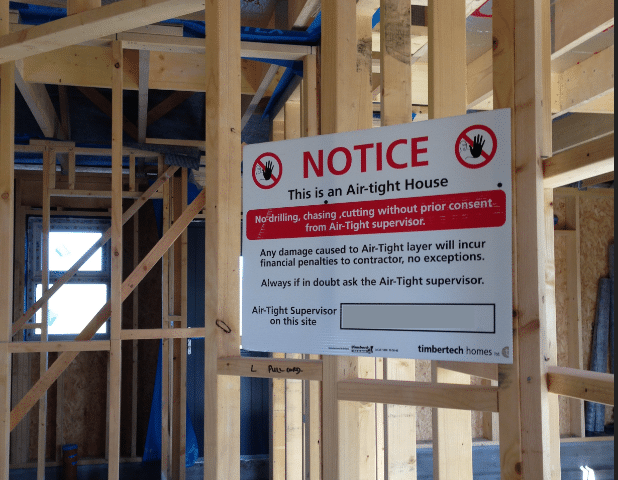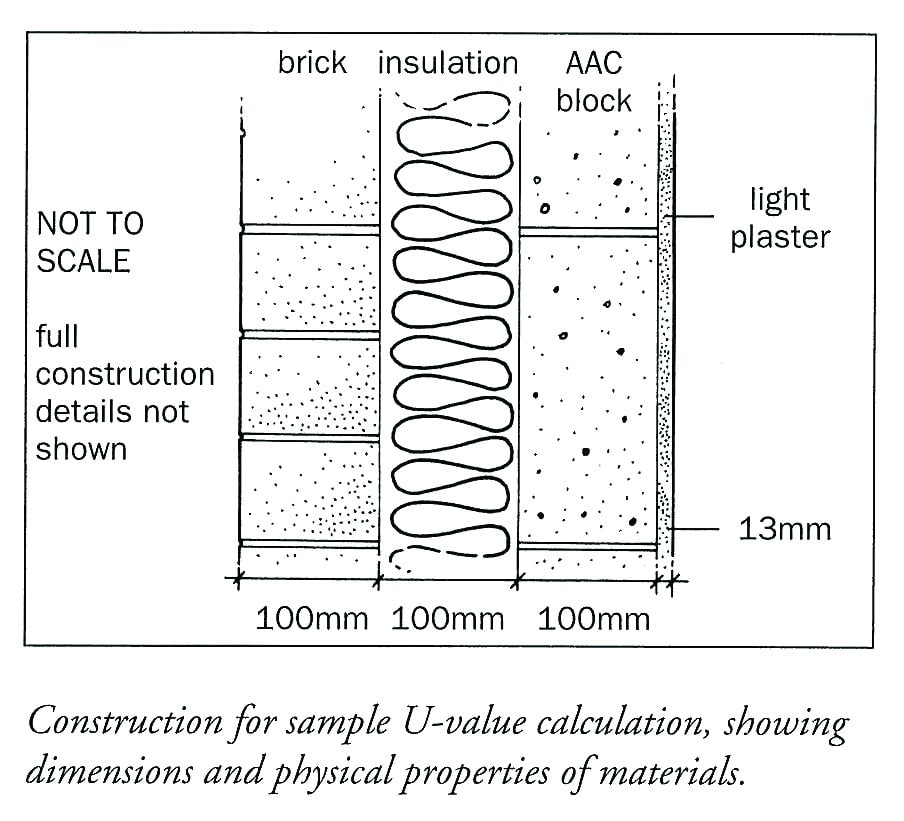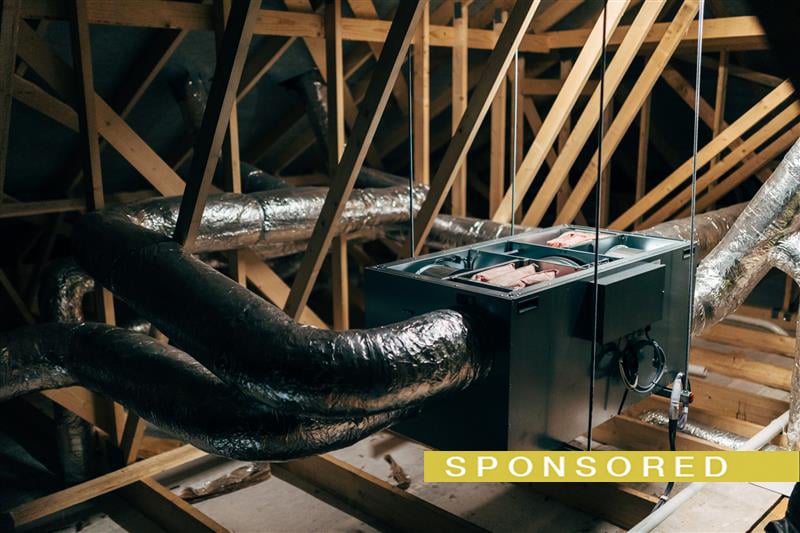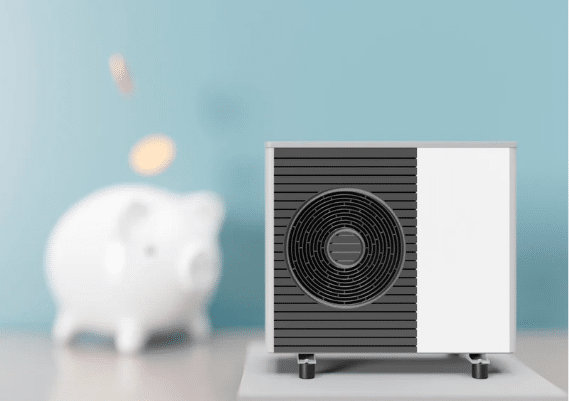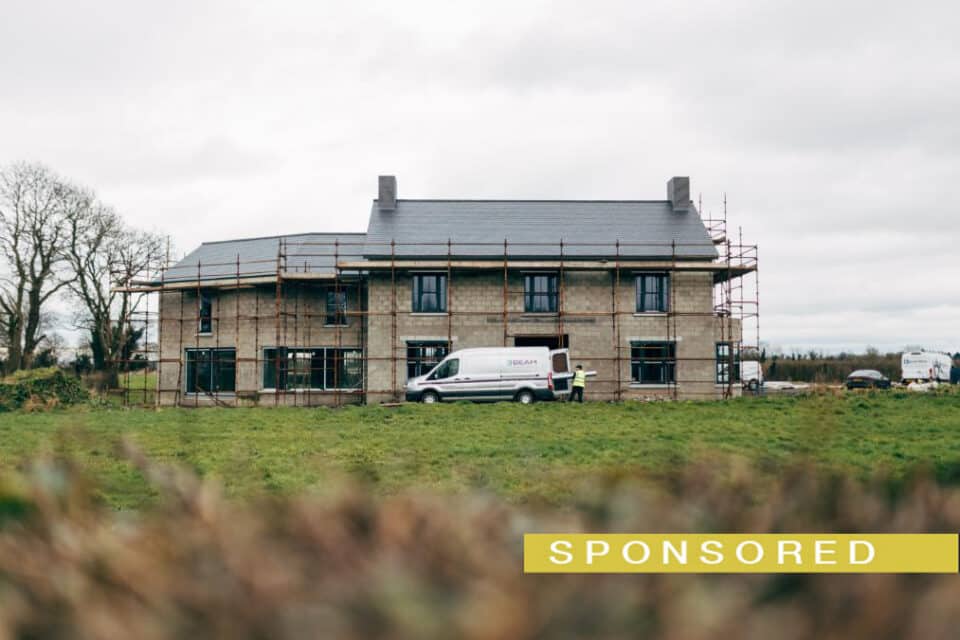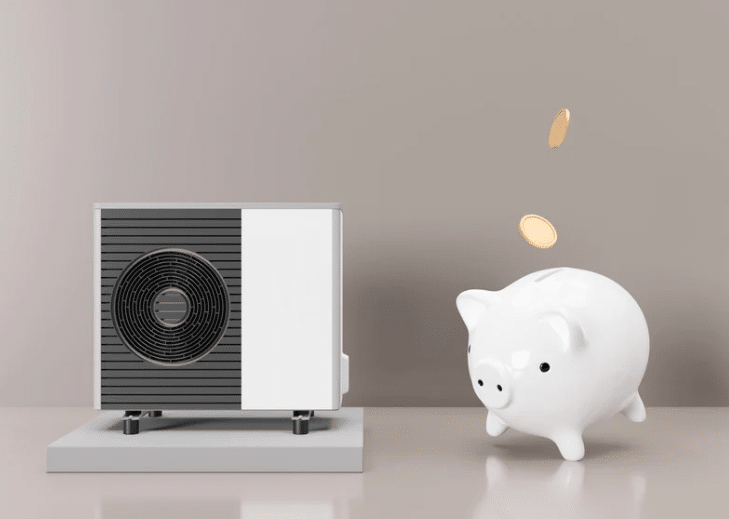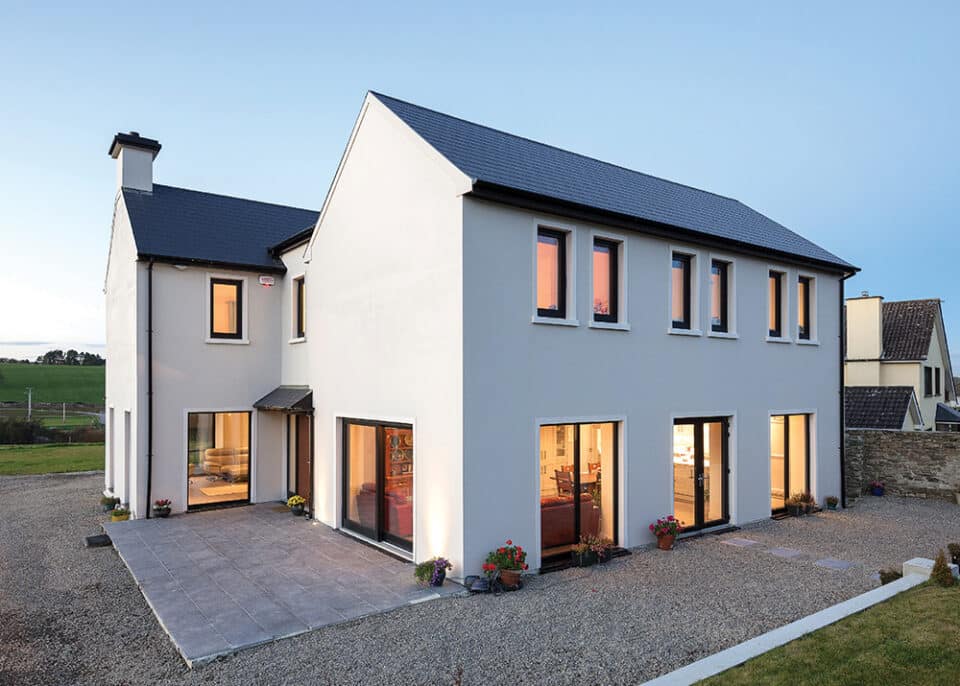Photo taken by Fergal O’ Malley RIAI Arch. Tech. of timbertechhomes.ie Ballinakill Yard, Enfield, Co Meath
So current thinking has it that to save on your utility bills you should aim to achieve a high level of insulation and airtightness. But as ‘build tight, ventilate right’ implies, you will also need a well-designed and well-managed process for introducing fresh air and removing harmful household contaminants. Otherwise your home could become a health hazard.
It’s important to note that any type of building, airtight or not, must be well ventilated to keep the air quality level high. A well-managed airflow, not draughts, is the best way of ensuring that we live and breathe fresh air within our homes.
We spend over 90 per cent of our time in buildings and the air quality inside is on average poorer than outside. Building codes and regulations traditionally control only air quantity, not air quality. This is an area that requires serious attention and further research.
Apart from the comfort factor why should air leaks be avoided?
Air leaks or draughts are not considered acceptable natural ventilation because they cannot be controlled or filtered. In other words this is fresh air that is neither adequate to keep the indoor air quality high nor is it evenly distributed. Natural ventilation is regulated through building physics, e.g. passive stack effect, and must be devised by a trained designer.
In fact air leaks can often lead to condensation within the building envelope which in turn can lead to mould growth and structural degradation. Air leaks are generally at their most severe during the colder, windier, winter months when they lead to unpleasant draughts whereas they may have little effect during the warmer, calmer, summer period when increased levels of ventilation would be desirable.
As air leaks lead to a reduction in thermal performance they can bring about overheating in the summer months, especially in lightweight buildings or within rooms inhabited in the attic.
Building Regulations
To meet current Building Regulations standards of TGD Part L (ROI) / Technical Booklet F1 (NI) on airtightness, air permeability (denoted by Q50) at 50 Pascals can be no more than 7cum/h/sqm in ROI or 10cum/h/sqm in NI.
What this means is that no more than seven or 10 cubic metres of air can escape per hour for every square metre of the external envelope surface area, with an internal air pressure difference of 50 Pascals.
This may be by negative or positive pressure but to gain the most accurate measurement, both a negative and positive pressure test should be conducted and the average result used.
An alternative measurement for airtightness relates to volume and this is expressed as air changes per hour (ACH) also at a pressure difference of 50 Pascals (denoted as N50).
While a standardised conversion is not available and each test uses different measurement and testing protocols, to get a very rough estimate divide the air permeability by 20 for the ACH due to air leakage, under normalised conditions.
The Passive House standard specifies ACH in their methodology; remember that this is a voluntary standard and even if you design to this benchmark with their planning package (PHPP), you must separately prove compliance to the Building Regulation requirements with DEAP in ROI and SAP in NI.
In relation to ventilation (TGD Part F in ROI, Technical Booklet K in NI) the key aim is to minimise the risk of condensation, mould growth or other indoor air quality problems.
There’s also Part J in ROI, Technical Booklet L in NI, which are critical in relation to the supply of air for combustion appliances in a safe and efficient manner.
Here are top five tips for a quality airtight build.
Up/down the chimney!
Open fires were designed for a completely different era and mind-set. While they gave out tremendous radiant heat, 90 per cent of this energy escaped up the chimney. And that’s only half the inefficiency story. A roaring fire can extract an additional 90% of a building’s other heat because of something we didn’t previously understand, even if its effect was known, namely the passive stack effect. Sealing old chimneys is therefore essential.
Sick Building Syndrome
When occupants experience poor health that is in some way associated with time spent indoors, the house or office is described as having Sick Building Syndrome (SBS), a phenomenon originally referred to as Tight Building Syndrome.
The symptoms usually include headaches, dizziness, nausea, dry cough, itchy skin, fatigue, flu-like symptoms, and many different combinations of these effects. A ‘Building Related Illness’ (BRI) is different from SBS as symptoms are diagnosable and more specific. Asthma attacks are often labelled as BRI.
Some people are more at risk and display acute symptoms, whereas others in the same building suffer no ill effects. The causes of SBS are not fully understood, and very little research has been carried out on the problem to date.
If airtightness standards are increased, ventilation standards and controls must improve accordingly. Otherwise this is an issue that is only going to become more prevalent.
More on indoor air quality here.

